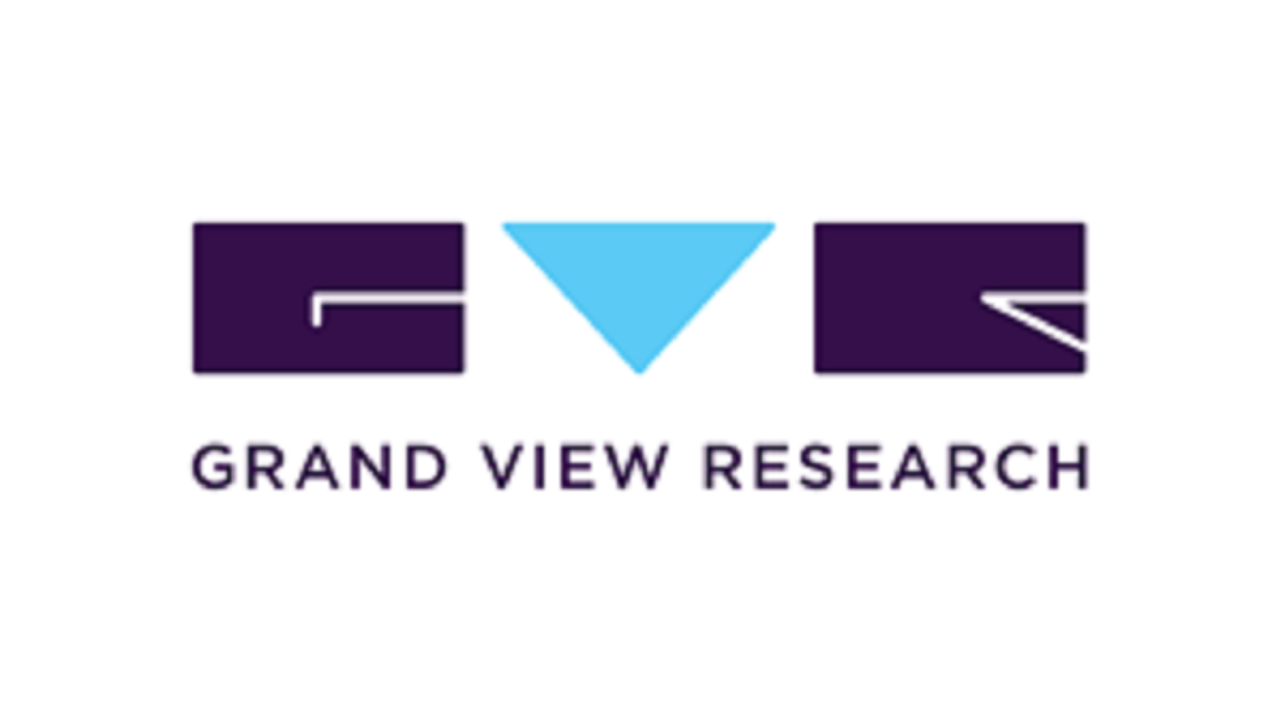The global functional textile finishing chemicals market size was valued at USD 3.36 billion in 2022 and is projected to reach USD 5.09 billion by 2030, growing at a CAGR of 5.3% from 2023 to 2030. This growth is driven by the increasing demand for advanced textile products that offer enhanced functionality and performance.
Functional textile finishing agents typically consist of epoxy polyether lateral chains and water-soluble polysiloxanes with polyether, which are further integrated with various organic properties. These include key elements such as antimicrobial and anti-inflammatory agents, as well as catalysts and cross-linking agents that collectively enhance the overall properties of textiles.
The production of such advanced textiles involves surface modification techniques, which significantly alter the performance characteristics of the fabric. These modifications can affect properties such as adhesion, optical appearance, and hydrophilicity, thereby improving the utility and aesthetics of the final product. Functional finishing agents used in this process include flame-resistant, soil release, water and stain repellent, crease-resistant, and durable press finishes, among others.
Despite the market's positive growth outlook, several challenges are anticipated to impact its progress. One of the primary concerns is the strict environmental regulations that aim to control the harmful effects of chemical substances used in textile production. These regulations could act as a significant restraint on market expansion. Additionally, the fabric industry's intense water consumption and the resultant pollution of water supplies pose serious environmental issues, especially in major manufacturing regions. The impact of such issues is expected to have long-term implications for the industry.
Moreover, frameworks like the Emission Trading System (ETS) and similar policies introduced to limit the overuse of hazardous textile chemicals are likely to challenge the industry's growth further, urging manufacturers to seek safer and more sustainable alternatives.
Key Market Trends & Insights:
• In 2022, the Asia Pacific region emerged as the leading contributor to the global functional textile finishing chemicals market, accounting for the largest revenue share of 53.3%. This dominant position can be attributed to the presence of a strong textile manufacturing base in countries such as China, India, Bangladesh, and Vietnam, where large-scale production and export of textiles support the demand for advanced finishing chemicals.
• Looking ahead, the Middle East & Africa region is anticipated to experience notable growth in this market, with a projected compound annual growth rate (CAGR) of 5.5% during the forecast period. This growth is expected to be driven by increasing industrialization, rising investment in textile production facilities, and the growing demand for high-performance fabrics across sectors such as fashion, hospitality, and healthcare.
• From a product segmentation perspective, the repellent and release segment accounted for the largest revenue share of 21.9% in 2022. This includes products designed to provide water, oil, stain, and soil repellency to fabrics, making them more durable and easier to maintain. The growing need for protective and easy-care textiles in various applications has contributed to the segment's strong market presence.
• Meanwhile, the antimicrobial/anti-inflammatory segment is projected to witness the fastest CAGR of 6.2% over the forecast period. The rising focus on hygiene, health, and wellness—especially in the wake of global health concerns—has significantly increased the demand for textiles with antimicrobial and anti-inflammatory properties. These finishes are increasingly used in medical textiles, sportswear, and everyday clothing to offer added protection and comfort to users.
Order a free sample PDF of the Functional Textile Finishing Chemicals Market Intelligence Study, published by Grand View Research.
Market Size & Forecast:
• 2022 Market Size: USD 3.36 Billion
• 2030 Projected Market Size: USD 5.09 Billion
• CAGR (2023-2030): 5.3%
• Asia Pacific: Largest market in 2022
Key Companies & Market Share Insights:
Companies operating in the functional textile finishing chemicals market are proactively focusing on several strategic approaches to strengthen their position and gain a competitive advantage. These strategies include significant investments in the development of innovative products that meet evolving market demands and regulatory standards. Additionally, businesses are engaging in alliances and collaborations with other key players, suppliers, and technology providers to leverage shared expertise and resources.
Such strategic initiatives are primarily aimed at expanding the supplier base and enhancing production capabilities. By broadening their network of suppliers, companies can ensure a more stable and diversified supply chain, reducing the risk of disruptions. Simultaneously, increasing production capacity enables companies to meet growing demand efficiently and scale operations as required. Collectively, these efforts are designed to help organizations maintain a strong foothold in the market, sustain long-term growth, and outperform competitors in a rapidly evolving industry landscape.
Key Players
• Dow
• Bayer AG
• BASF SE
• Sumitomo Chemical Co., Ltd.
• Huntsman International LLC
• Kemira
• Evonik Industries AG
• OMNOVA Solutions Inc.
• Lubrizol Corporation
Explore Horizon Databook – The world's most expansive market intelligence platform developed by Grand View Research.
Conclusion:
The global functional textile finishing chemicals market is poised for steady growth, driven by increasing consumer demand for protective and high-performance fabrics. Innovations in textile finishing, such as antimicrobial, flame-retardant, and temperature-regulating agents, are enhancing fabric functionality across various applications, including apparel, healthcare, and industrial sectors. However, the market faces challenges from stringent environmental regulations and concerns over chemical usage in textile processing. Manufacturers are responding by investing in sustainable and eco-friendly finishing solutions to align with regulatory standards and consumer preferences.


